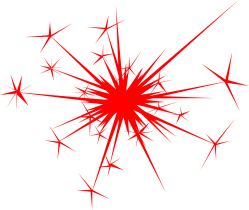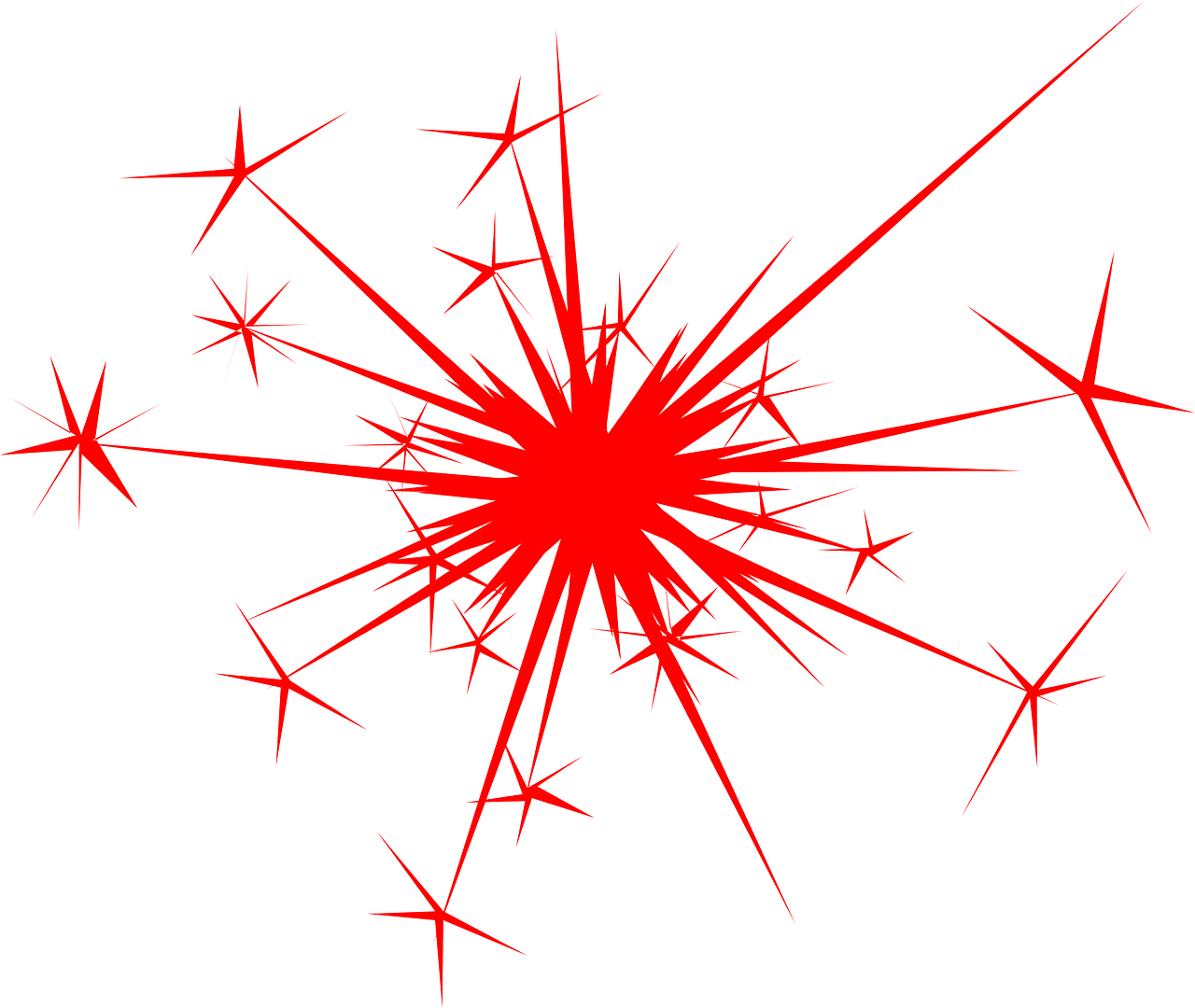Drought, not much else, can dampen Indiana fireworks fervor


They pointed to increased stress on dogs, cats and kids who are trying to sleep. Also a part of the mix is the impact of fireworks on military veterans who suffer from post traumatic stress syndrome.
Similar complaints are reflected in the archives of the Herald-Times at least since 2006, when Indiana’s state legislature decided that Indiana residents should be allowed use consumer fireworks.
It’s hard to know if letters to the editor, op-eds, or a social media posts have had an impact on a typical Hoosier’s decision to set off consumer fireworks. In any case, the effect is not immediately apparent in the data collected by two different departments of Indiana’s state government.
But the numbers from the Indiana Department of Revenue and the Department of Public Health both show significantly less fireworks activity in 2012 compared to the years before and after.
The reason likely has little to do with a public relations effort against fireworks.
In 2012 most of the country was hit by a drought, creating dry conditions that most counties in Indiana addressed with bans on outdoor burning, which included fireworks.
Department of Revenue
The state legislature’s Act 1099, which was signed into law in 2006, included an extra 5-percent “public safety fee” on consumer fireworks. As initially enacted, that money was supposed to be deposited into the state general fund.
The following year, the law was tweaked to require the first $2 million a year collected from the fireworks public safety fee to be transferred to the regional public safety training fund. Any remaining money was to be placed in the state disaster relief fund.
For the dozen years since the public safety fee on fireworks was established, revenues have topped $2 million every year, except one—fiscal year 2013, which ran from July 1, 2012 through June 30, 2013.
Excluding FY 2012, the average revenue from the fireworks public safety fee was about $2.57 million. In FY 2012 it was about $1.52 million, or $1 million less than the average for the other years.

Department of Public Heath
Another feature of the 2006 law that allowed use of consumer fireworks in Indiana was a requirement that health practitioners report to the state any injuries that were caused by fireworks.
For the 11 years between 2007 and 2017, excluding 2012, the average number of reported injuries was about 160. For 2012, the stat was about half that—83 injuries. (In 2018, the state legislature eliminated the reporting requirement.)

Drought of 2012
The depressed numbers in 2012 for fireworks-related revenue and injuries can be explained by the dry conditions that prevailed over much of the country that summer. Here’s what the University of Nebraska’s Drought Monitor map looked like for June 26, 2012. [Yellow indicates “abnormally dry,” with darker shades indicating progressively worse conditions up to “exceptional drought.”]

Most Indiana counties enacted some kind of burn ban around that time, including Monroe County. At its June 15, 2012 meeting, the Monroe County board of commissioners voted to enact a burn ban of unlimited duration.
The board acted at the request of Farin Livingston, who was President of Monroe
County Fire Chiefs’ Association at the time, and appeared before the commissioners at their meeting.
Livingston is quoted in the June 15 meeting minutes telling commissioners:
Due to the fact of the way the weather has been and everything we got together and are asking the Commissioners to give us a burn ban for the County because it is getting really, really dry and we’re starting to get a lot of runs coming in. We’ve already had a lot of mulch fires around businesses where people walk in a flip [their cigarette butts]. The median strips are starting to catch on fire now.
The burn bans precluded setting off fireworks.
A virtual right to set off fireworks
Under normal weather conditions, when a burn ban is not warranted, state law stands in the way of efforts to curtail use of fireworks during the Fourth of July holiday period.
State law does prohibit setting off consumer fireworks after 11 p.m. except on holidays (including July 4) and December 31. On those dates the time is extended until midnight.
But local authorities are not able to enact any stricter regulations for July 4, because of a state statute that says they can’t. A local ordinance can’t regulate fireworks for certain time periods on July 4 or on the five days before and after the holiday.
From the statute, here are the times when local governments are not allowed to regulate fireworks:
(A) between the hours of 5:00 p.m. and two (2) hours after sunset on June 29, June 30, July 1, July 2, July 3, July 5, July 6, July 7, July 8, and July 9;
(B) between the hours of 10:00 a.m. and 12:00 midnight on July 4; and
(C) between the hours of 10:00 a.m. on December 31 and 1:00 a.m. on January 1.
Bloomington’s local noise ordinance has a carve-out to accommodate the state statute prohibiting local regulation of fireworks during certain times:
14.09.040 – Exemptions.
The following uses and activities shall be exempt from the provisions of this chapter:
…
(l) Noises associated with legal consumer fireworks used during the times Indiana Code prohibits regulation by municipalities, which are as follows:
(1) Between the hours of five p.m. and two hours after sunset on June 29th, June 30th, July 1st, July 2nd, July 3rd, July 5th, July 6th, July 7th, July 8th, and July 9th,
(2) Between the hours of ten a.m. and twelve midnight on July 4th, and
(3) Between the hours of ten a.m. on December 31st and one a.m. on January 1st;
In four out of the state legislature’s last five sessions—2019, 2018, 2017, 2015—legislation has been introduced that would reduce the five-day buffer around July 4 against fireworks regulation by local authorities. But those bills have not made it to a vote on the floor of both chambers of the legislature.
A provision in the state statute that could be enforced by Bloomington authorities requires that the fireworks be set off on the property of the person who bought the fireworks or on someone else’s property who’s given permission, or at a specially designated discharge location.
Beyond the location requirement, Bloomington residents who are impacted by fireworks noise could ask that the time-of-day regulations be strictly enforced. Sunset in Bloomington falls around 9:15 p.m. in early July. So the the 11 p.m. statutory limit is earlier than Bloomington’s two-hour-after-sunset limit.
The 11 p.m. time frame was cited by a resident who complained six years ago, on July 7, 2013, using the uReport system:
The paper indicated that 11pm was when fireworks stopped; it is 11:57 and they are going off left and right. Can our keystone fucking cops not enforce the goddamn ordinance? What the fuck am I paying taxes for, you useless sacks of shit? Oh, and in case you are wondering–I am a liberal democrat IU prof who is as of now considering voting GOP because [former mayor Mark] Kruzan lets these quality of life issues slide while funding the latest fucking green space bullshit. I LOVE the greenspace bullshit, but basic quality of life has to come first. I mean… FUCK!!! I have a four year old child, for fucking fuck’s sake. Help your real core for fucks fucking fuck sake. (and yes, I was going for the most fucks in a message record… this shit is pissing me off)
Based on a count across all other reports in the uReport system, available for download through the city’s data portal, the July 7 complaint set the record for which it strived by a margin of eight.




Comments ()